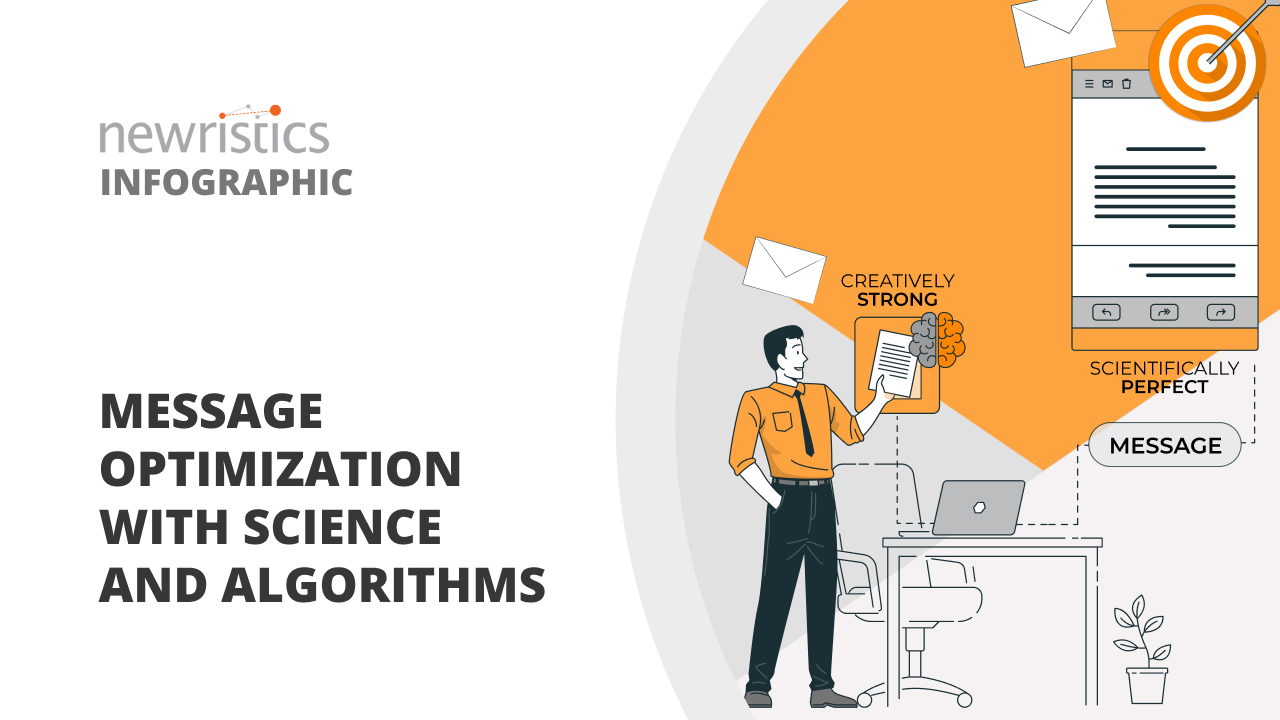When speaking of decision-making, we can think of the decision contexts as ranging from certain to uncertain, where the decision itself could emerge from either simple or complex processes. These processes involve using automatic heuristics, understanding cognitive biases, implementing artificial heuristics like SWOT analysis, and following scripted protocols. As uncertainty and complexity increases, known decision strategies fail. What follows is a situation where the human mind has to improvise.
Improvisation may be considered to be a type of real-time dynamic decision-making and has historically been studied in crisis management, organizational productivity and creativity. Improvisation is our ability to make multiple micro-decisions, creatively evaluate problems, and self-correct while the context of decision-making changes.
 Blog posts
Blog posts Newristics
Newristics
 02 March 2021
02 March 2021





 Back
Back Share
Share





 Whitepapers
Whitepapers

 Video
Video

 Infographics
Infographics



